Subject
- #Endangered Species (멸종위기종)
- #Greater Flamingo (홍학)
- #Andean Flamingo Extinction (안데스 플라밍고의 멸종)
- #Flamingo Color (플라밍고의 색깔)
- #Flamingo (플라밍고)
Created: 2024-02-07
Created: 2024-02-07 16:53

IUCN
Flamingos, with their beautiful pink hues and graceful, slender legs, are captivating creatures. Their lovely appearance has led to their frequent portrayal as characters in cartoons and their use in various forms, such as inflatable tubes, dolls, and decorative items. Some people, perhaps due to infrequent encounters with them, might mistakenly believe that they are flightless birds like chickens or ostriches. However, flamingos are indeed flying birds.
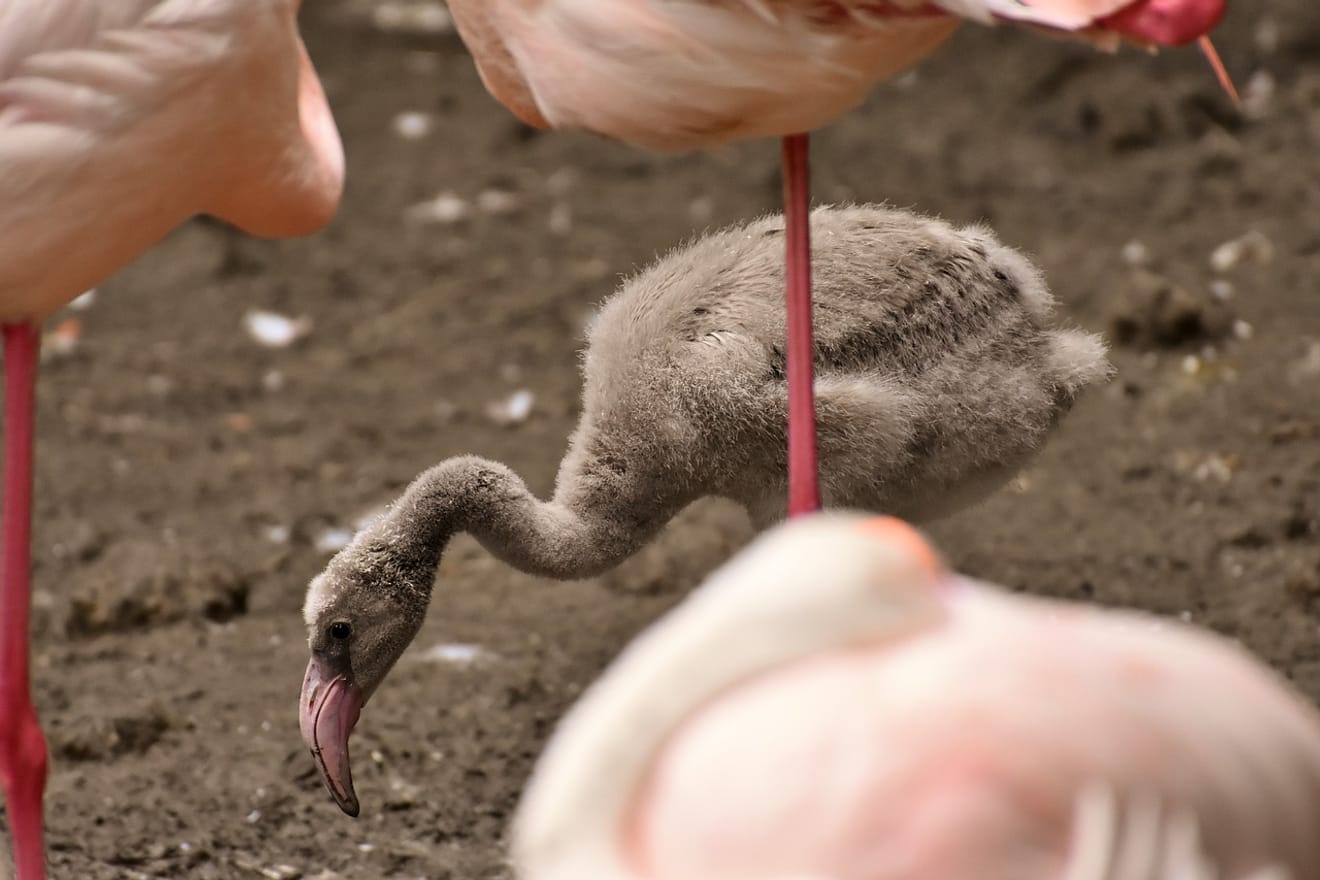
pixabay
Interestingly, pink flamingos are not born with their vibrant pink color. They hatch as white or gray and gradually transition to pink as they mature. But why are flamingos pink? The reason flamingos, including their legs, are pink is linked to their diet. They feed on crustaceans like crabs, shrimps, and shellfish. These crustaceans contain a red pigment called astaxanthin, which is responsible for the birds' pink coloration. It's fascinating how their diet determines their body color!
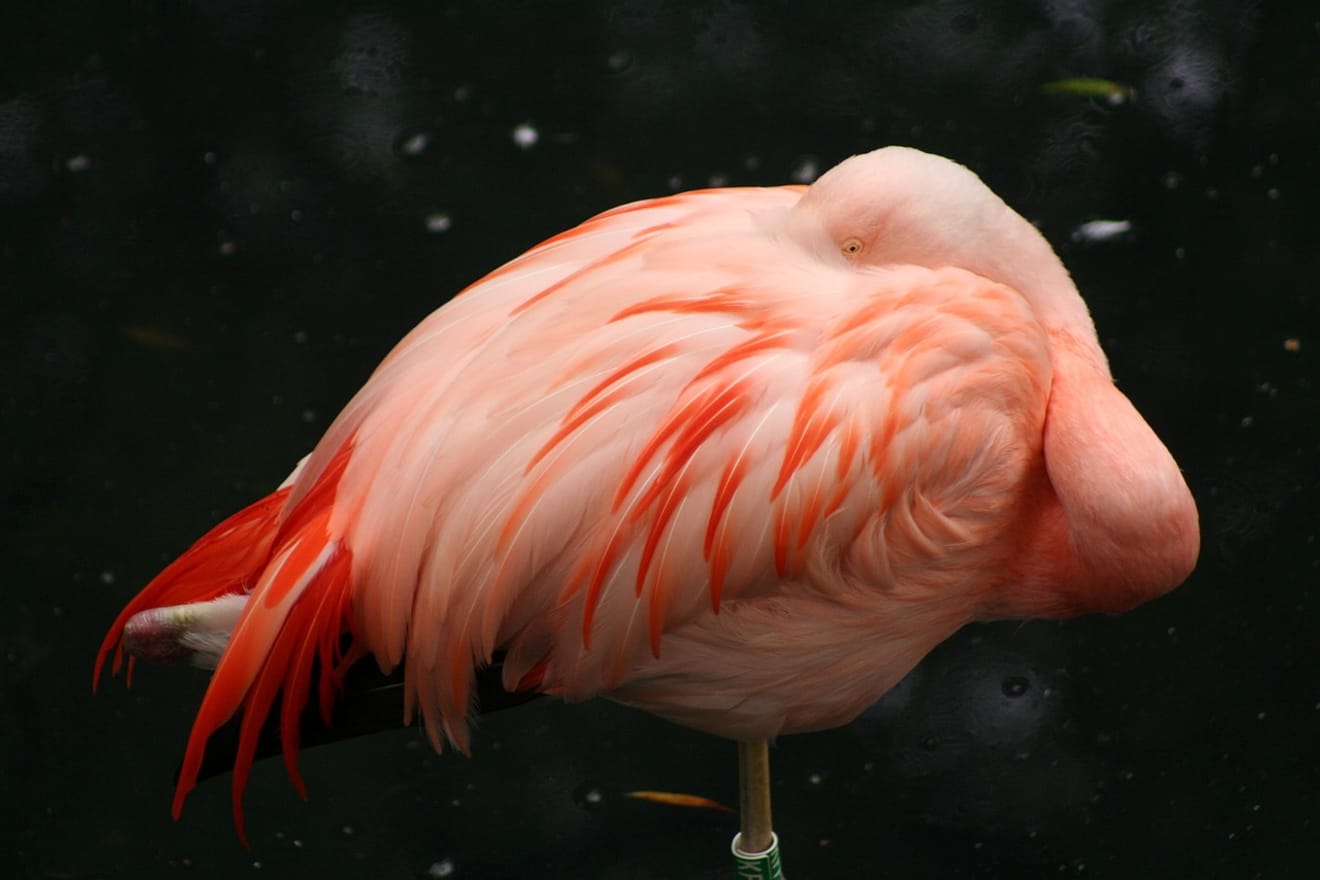
pixabay
Flamingos even have a unique sleeping posture. They often sleep standing on one leg, which might seem rather uncomfortable to us. The reason for this peculiar stance is that they tuck their other leg into their feathers to maintain body temperature.
Flamingos, with their dazzling exterior, also possess many enigmatic qualities. But unfortunately, some flamingo species are facing extinction.
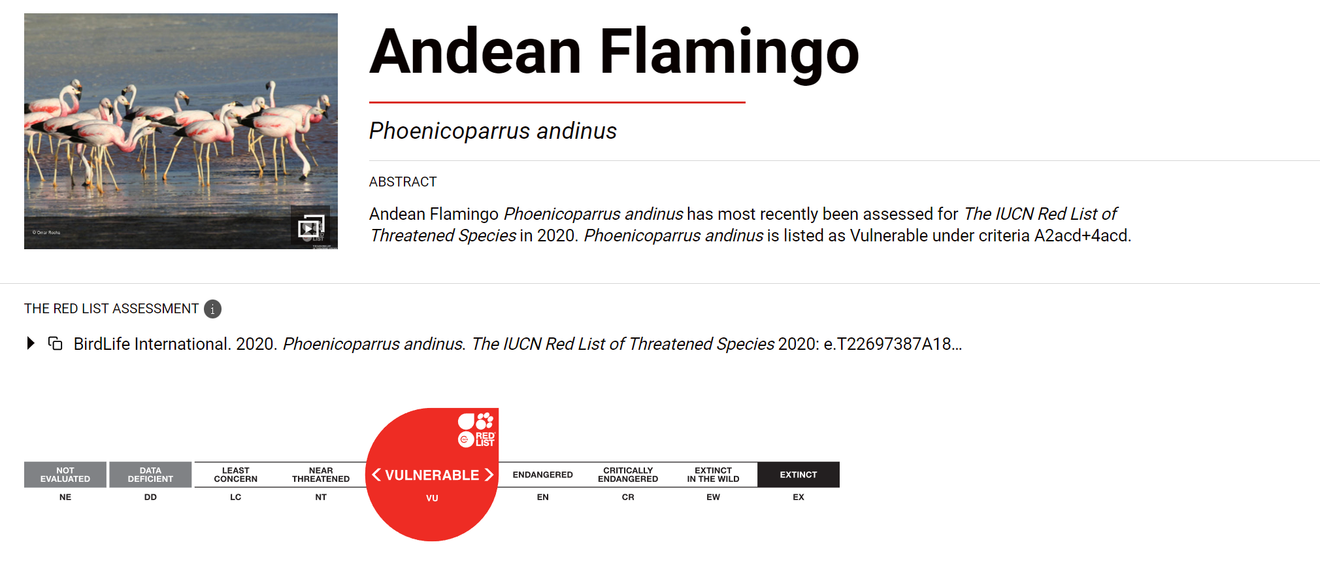
IUCN
The Andean flamingo is classified as an endangered species by the International Union for Conservation of Nature (IUCN). Listed as Vulnerable (VU), the Andean flamingo faces a high risk of becoming critically endangered within a few years. Although the exact population count remains unknown, it is continuously declining. While captive flamingos in zoos might be able to maintain their population, wild Andean flamingos are unfortunately at risk of extinction.
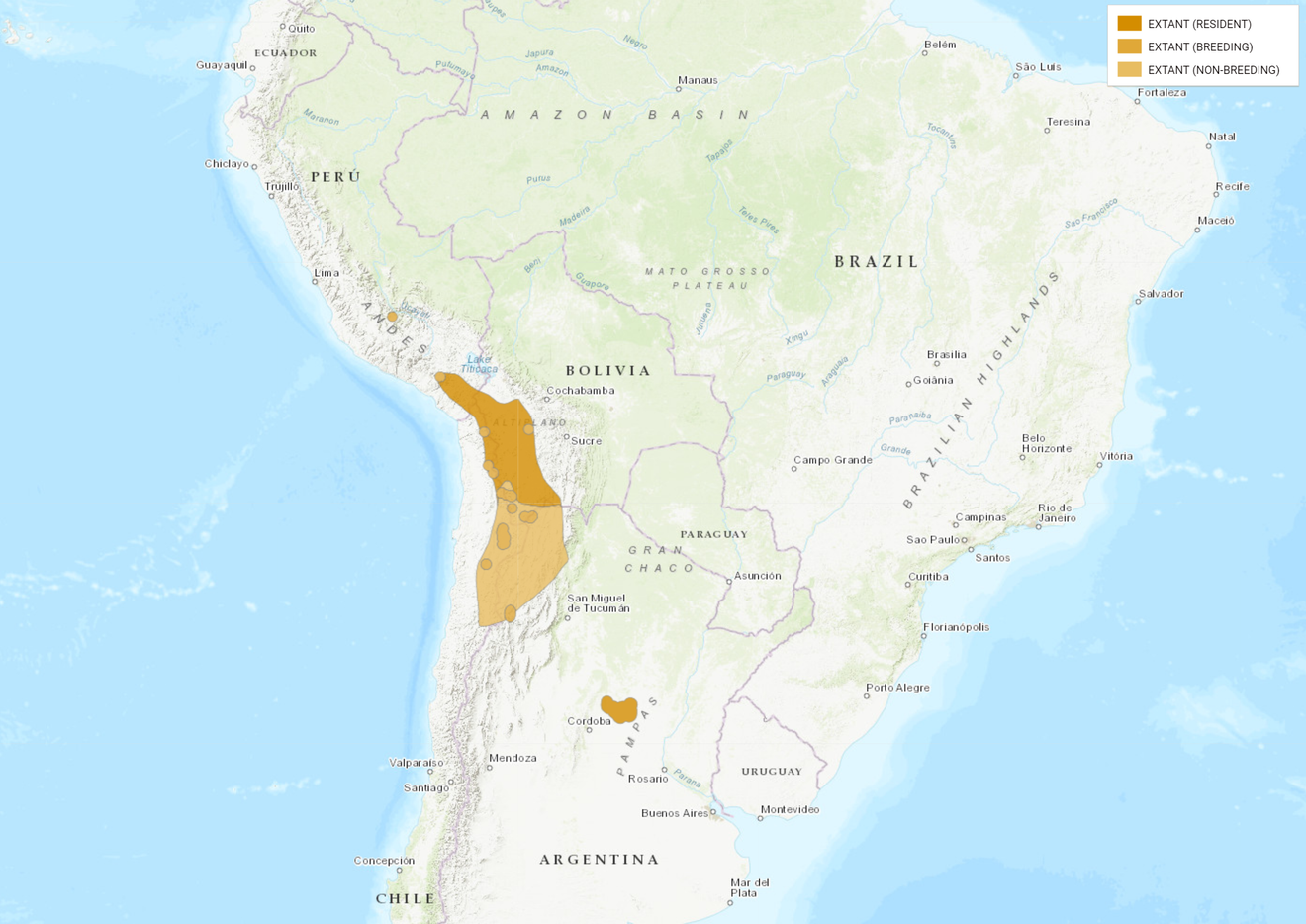
IUCN
The Andean flamingo inhabits the Andes Mountains. High-altitude regions are sensitive to climate change. Frequent occurrences of extreme weather events like droughts, storms, and floods are considered one of the major causes of the Andean flamingo's endangered status.
Lithium mining activities have also been identified as a threat to Andean flamingos. The areas where lithium, used in batteries for smartphones and electric vehicles, is extracted overlap with the flamingo's habitat. The lithium production process requires large amounts of water, leading to the depletion of lakes and groundwater, which is vital for the flamingo's survival.
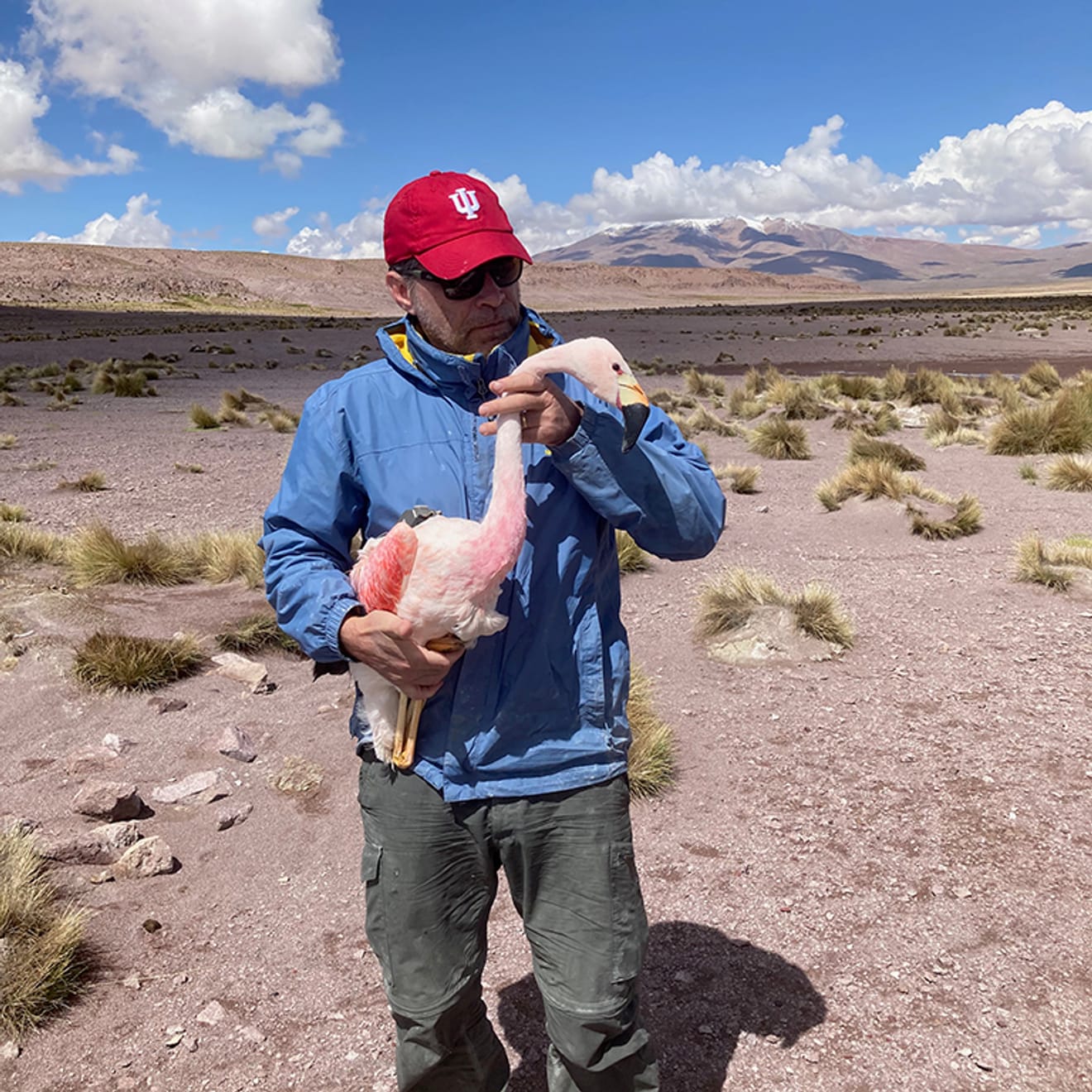
Indiana University, IU researcher Alex Jahn
Indiana University has been working to protect the Andean flamingo by attaching GPS devices to them and monitoring their movement patterns. They have observed the birds' movements and the surrounding climate conditions for 2 to 4 years. These observation efforts have contributed to the Andean flamingo being classified as endangered by the IUCN, ensuring its protection. The Andean flamingo is also protected under the Convention on International Trade in Endangered Species of Wild Fauna and Flora (CITES).
Besides the Andean flamingo, several other flamingo species are facing extinction threats. Although not as critical as the Andean flamingo's situation, active conservation efforts are crucial to ensure that no more flamingo species face such perilous circumstances.
Comments0